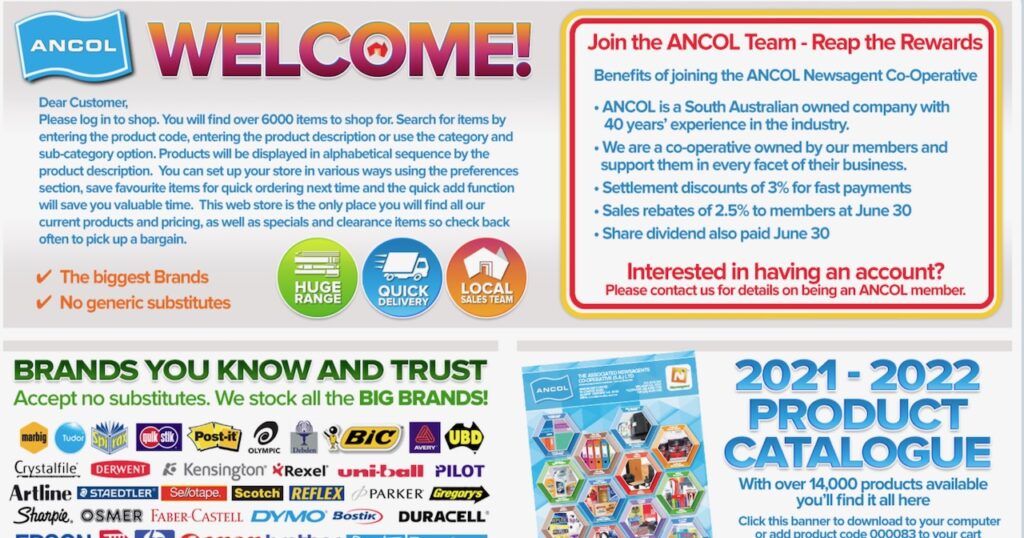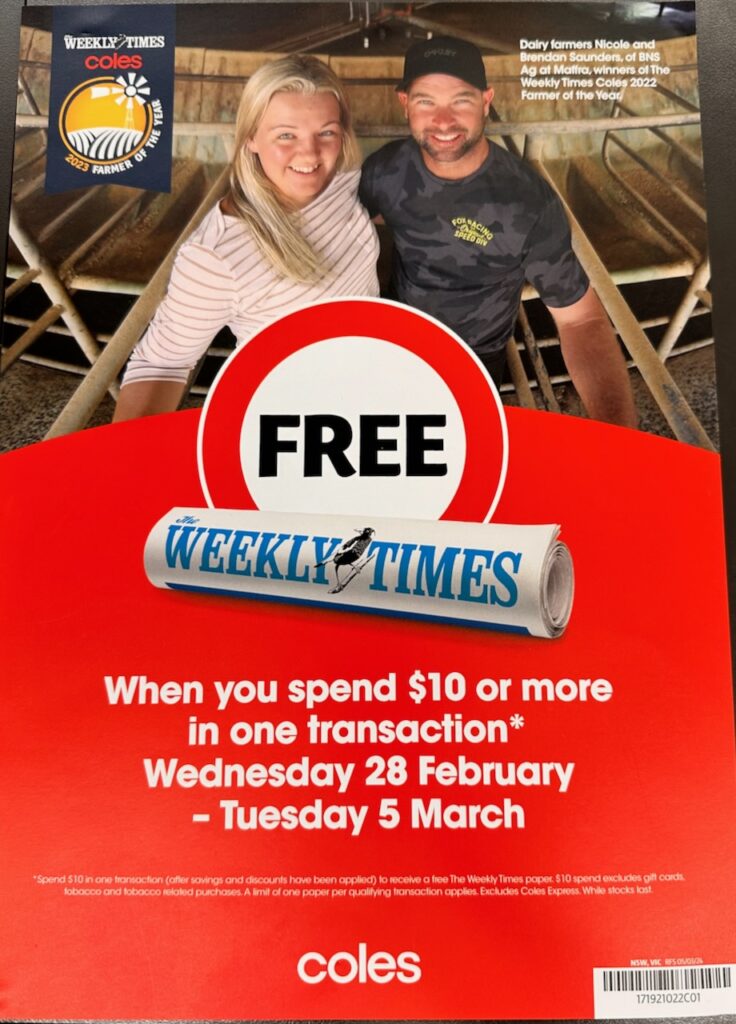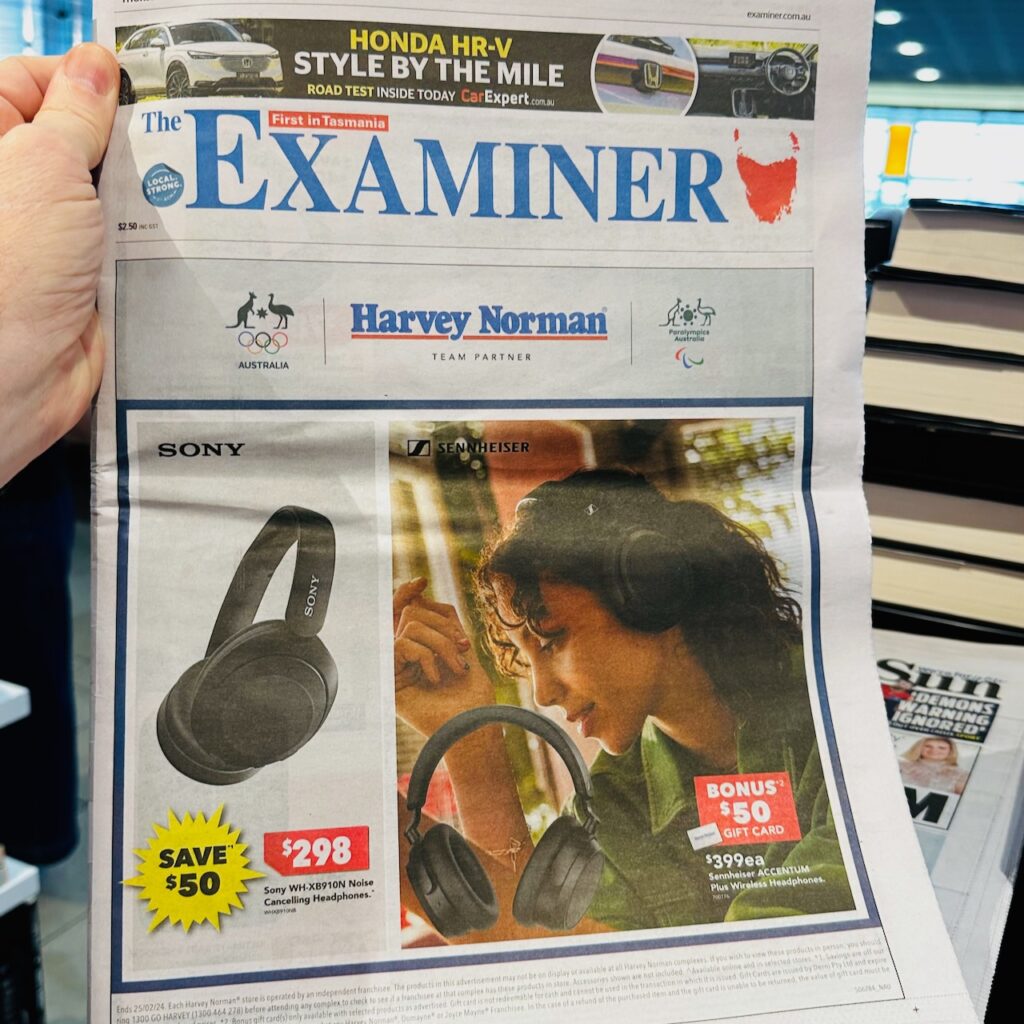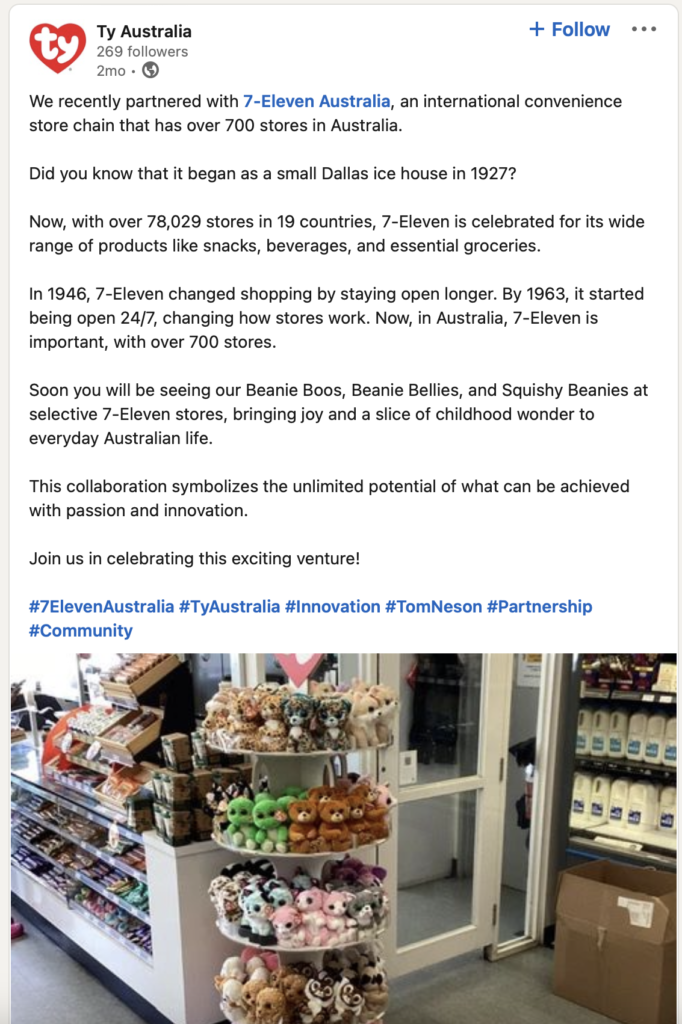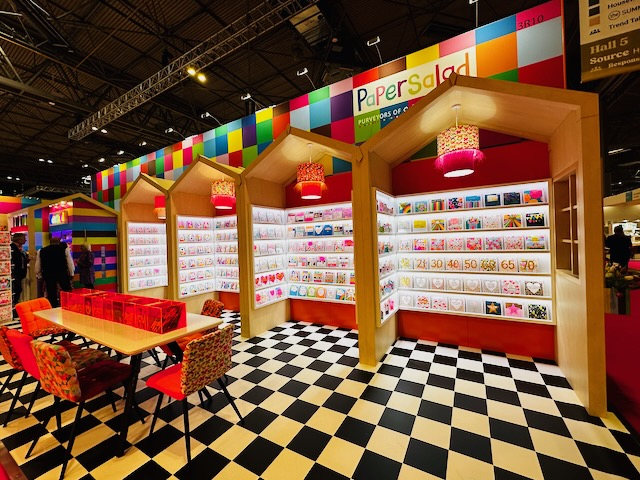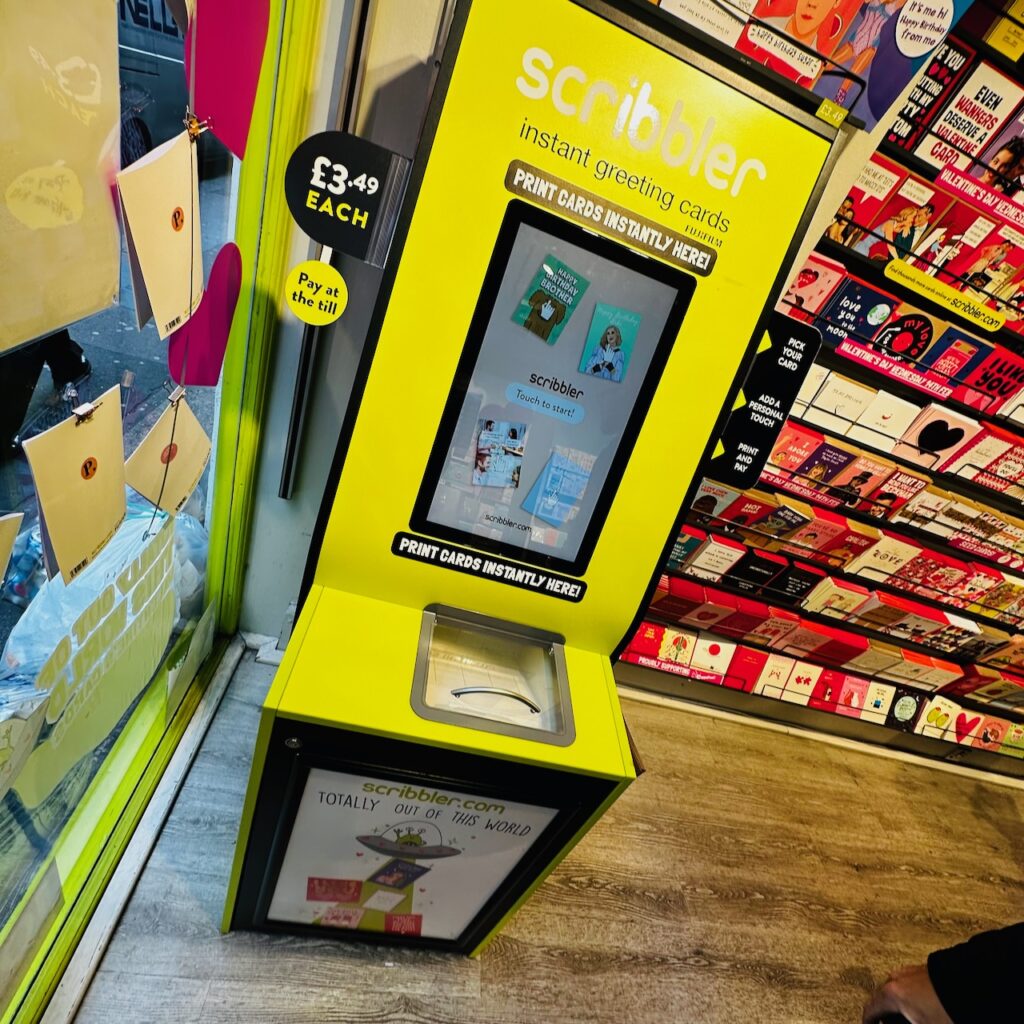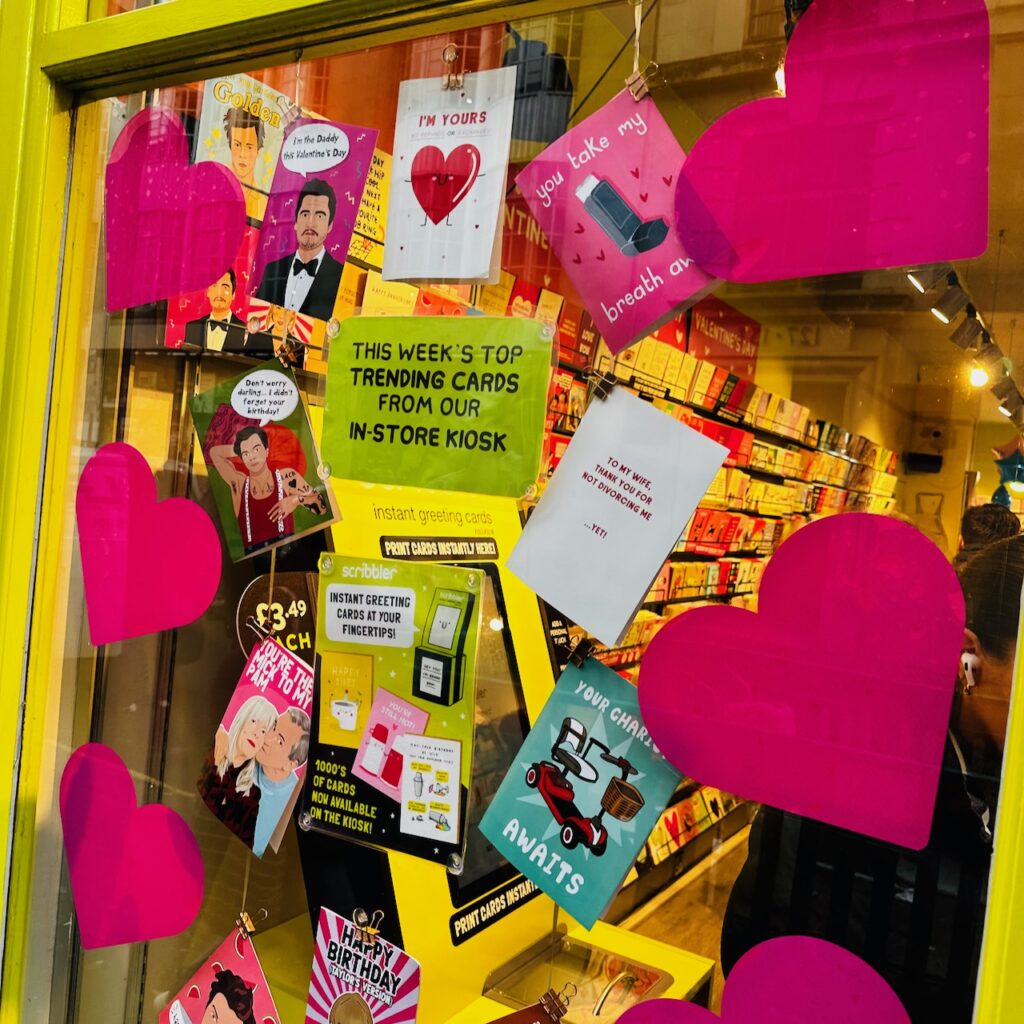Beyond the Need For a Pen: Selling Stationery to the Joy Seekers
If you stock stationery to serve a functional need, this post has been written for you.
I like pens and have more than 200 of them. Most are unused. When I am in a good stationery shop, I am likely to buy another pen. I go for colour, weight and how it feels across paper.
I also like notebooks and journals and have more than 100 of them. I go for small format, few pages, nice feeling paper and something that I can easily travel with.
I buy these things because I love them, not because I need them.
We all know people like this. Those who walk into a stationery store and emerge with items they did not need, but items they love.
I have a friend who buys stationery by colour, a specific colour. They gave boxes of it, and want more.
I met someone recently who buys sticky notes. They have a collection of more than 400. They want more.
While you can make good money selling stationery to whose who need it, the everyday stationery we all stock, there is this other, sometimes more lucrative market, some of us miss serving.
Here are a few tips on tapping into this opportunity:
- Focus on the Experience. It’s not just a pen, it’s an extension of their personality. Highlight the smooth glide of a gel pen, the luxurious feel of heavyweight paper, the whimsical designs that spark inspiration.
- Embrace the Unique. Cater to the collector’s heart. Offer limited edition lines, locally-made artisan products, or quirky finds you won’t see anywhere else.
- Curate, Don’t Just Sell. Become a trusted source of inspiration. Feature themed collections, recommend perfect pairings (like a specific pen for that incredible notebook), and showcase how these products can elevate their creative process.
- Speak Their Language. Use evocative descriptions that go beyond functionality. Talk about the “satisfying snap” of a good binder or the “velvety caress” of a high-quality pen.
- Don’t Forget the Fun. Host workshops on calligraphy, sketching, note taking, letter writing, bullet journaling, or creative writing. Offer gift-wrapping services that turn a simple pen into a delightful present.
Remember, you’re not just selling stationery, you’re selling a feeling. You’re offering a chance to indulge in a little luxury, to spark creativity, and to express oneself through beautiful, well-crafted tools.
When considering buying inventory for this lover of stationery, approach it with a different mindset. Don’t look at it as functional stationery. Look at it as stock items that bring joy to others. Take care. Take your time. There is plenty of opportunity here.
This is a big opportunity for Aussie newsagents.
